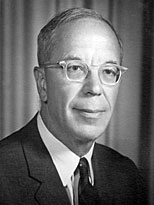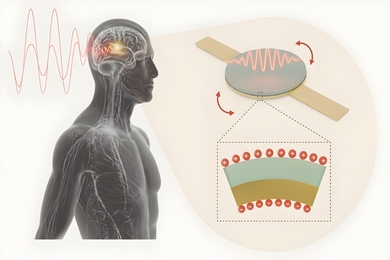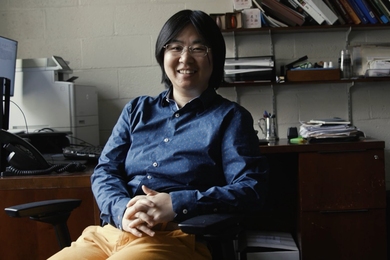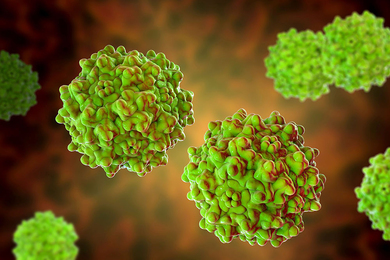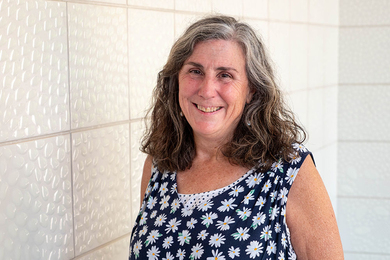Manson Benedict, an Institute Professor Emeritus who worked on the Manhattan Project, died Sept. 18 at his home in Naples, Fla. He was 98.
Benedict was well known for his pioneering role in nuclear engineering. He developed the gaseous diffusion method for separating the isotopes of uranium and supervised the engineering and process development of the K-25 plant in Oak Ridge, Tenn., where fissionable material for the atomic bomb was produced.
He received many awards for his work on the Manhattan Project during World War II, and for his later career as a scientist, educator, and public servant, which focused on nuclear power and other peaceful uses of atomic energy.
In 1951 he was invited to be MIT's first professor of nuclear engineering in the Department of Chemical Engineering. The Department of Nuclear Engineering was established on July 1, 1958, with Benedict as the first department head.
From 1958 to 1968, Benedict was a member and chair of the Advisory Committee of the Atomic Energy Commission, appointed by Presidents Eisenhower and Kennedy.
Benedict won many awards, including the William H. Walker award in 1947, the Perkin Research Medal in 1966, the Robert E. Wilson Award in 1968, the Enrico Fermi Award in 1972, and the National Medal of Science from President Gerald Ford in 1975.
The Wilson Award citation said of Benedict, "He has served education, industry and government with quiet and unwavering dedication."
Born Oct. 9, 1907, in Lake Linden, Mich., he received a B.S. from Cornell University in chemistry and a Ph.D. from MIT in physical chemistry. While at MIT, he met his wife, Marjorie (Allen) Benedict, who also earned a Ph.D. in chemistry. His wife died in 1995 after 59 years of marriage.
Benedict is survived by two daughters, Marjorie Cohn of Arlington, Mass., and Mary Sauer of Naperville, Ill., and Naples, Fla.; three grandchildren and four great-grandchildren.
The Manson Benedict Fellowship fund was established in Nov. 1983.
A memorial symposium in his honor will be held at MIT at a date to be announced later.
A version of this article appeared in MIT Tech Talk on September 27, 2006 (download PDF).
